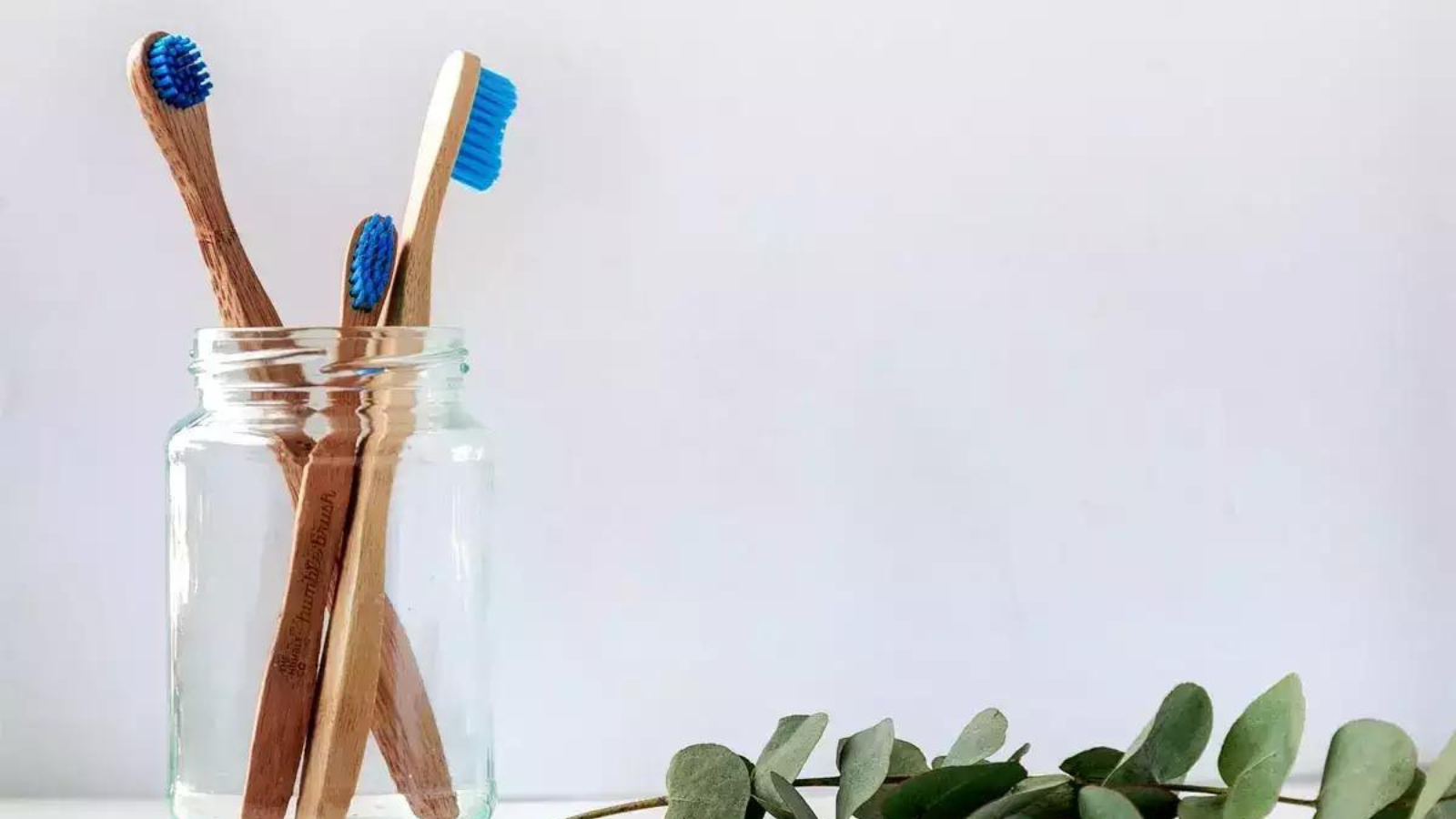The Surprising Risks of Keeping Your Toothbrush in the Bathroom

Many of us have a seemingly harmless habit of leaving our toothbrush es in the bathroom , often in a shared space with family members or roommates. However, dental health experts warn that this practice may not be as innocuous as it seems. In this article, we delve into the reasons why you should reconsider leaving your toothbrush exposed in the bathroom and provide essential tips for maintaining proper oral hygiene .
Why Unhygienic ?
The bathroom, a space traditionally associated with cleanliness, may ironically harbour hidden threats to your oral health. One significant concern is the potential exposure of your toothbrush to fecal particles , commonly referred to as "poo particles." These microscopic contaminants can find their way onto your toothbrush, leading to potential health risks.
Are there fecal particles on your toothbrush?
Fecal particles in your bathroom environment are not an urban legend. They can become a reality, particularly if you or anyone sharing the bathroom neglects to close the toilet lid before flushing. When the toilet is flushed in an open-lid scenario, it can disperse tiny water droplets into the air, carrying with them fecal bacteria and other microorganisms. Unfortunately, these airborne particles can land on various surfaces, including your toothbrush. Here's why you should reconsider the placement of your toothbrush:
Bacteria, Mold , and Contamination
Consider the proximity of your toothbrush to the toilet seat. If it's positioned too closely, your toothbrush may inadvertently come into contact with these airborne particles, resulting in contamination. Bathrooms are naturally humid environments, providing an ideal breeding ground for bacteria and mold. This moisture, combined with the presence of fecal particles, can lead to an unhealthy combination on your toothbrush.
Shared Bathrooms
For those who share their bathroom with multiple individuals, the risk of cross-contamination escalates. With various people touching different surfaces, maintaining proper hygiene becomes challenging. However, even in shared bathrooms, there are several proactive measures you can take to safeguard your toothbrush and, subsequently, your health.
Toothbrush Storage Instructions
To mitigate the risk of contamination, it's advisable to rinse your toothbrush thoroughly under tap water before each use. This simple step can help eliminate surface contaminants. After brushing, store your toothbrush upright in a dedicated holder or cup, allowing it to air dry. Consider investing in toothbrush containers with separate sockets for each brush to prevent contact between them. For an added layer of protection, use toothbrush covers to shield your brush from airborne particles.
Regular Replacement
Regularly replacing your toothbrush is a crucial aspect of oral hygiene. Dental professionals recommend changing your toothbrush every three to four months, or even sooner if you notice frayed bristles. Using an old or worn toothbrush not only compromises hygiene but also hinders your ability to clean your teeth effectively. Additionally, remember to clean the toothbrush holder regularly to prevent the accumulation of dust, bacteria, and mold.
Close the Toilet Lid
One fundamental and often overlooked habit is closing the toilet lid before flushing. Research from a 2012 UK study highlights the importance of this practice. When a toilet is flushed with the lid open, bacteria were found to disperse up to 25 cm above the seat. In contrast, with the lid down, none of the bacteria was detected in the air above the seat after flushing. This simple step can significantly reduce the spread of airborne contaminants in the bathroom, contributing to a healthier environment for your toothbrush and your overall well-being.
In conclusion, your toothbrush plays a crucial role in your oral hygiene routine, and its proper storage should not be underestimated. By following these guidelines and being mindful of the potential risks in your bathroom environment, you can ensure that your toothbrush remains a trusted ally in maintaining a healthy smile.
Next Story